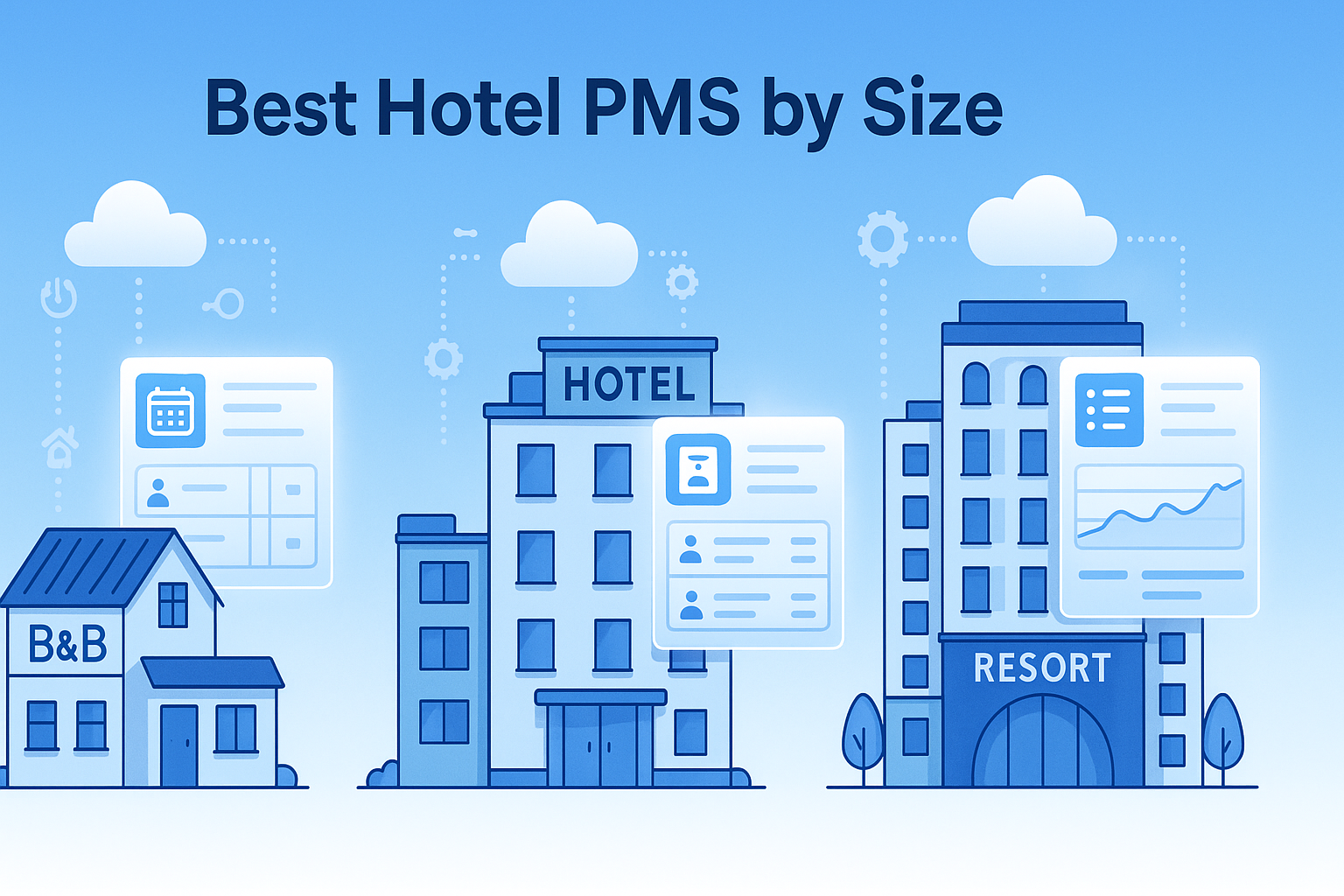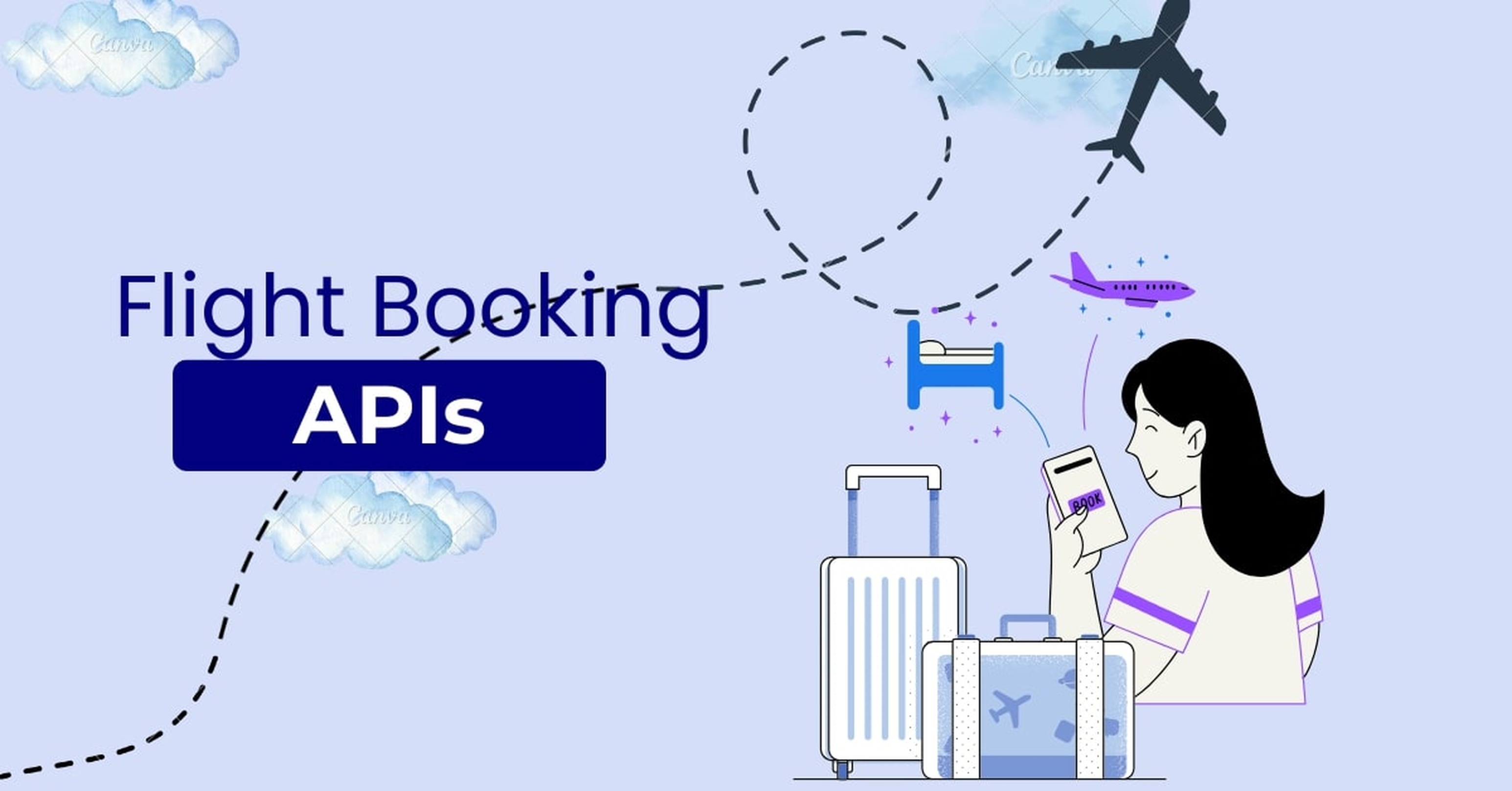How Global Distribution Systems (GDS) Are Powering the Future of Travel Booking Platforms

Strong 8k brings an ultra-HD IPTV experience to your living room and your pocket.
In today’s fast-moving travel tech landscape, simply having a website isn’t enough. Travelers expect real-time availability, smart recommendations, and seamless booking—all in one place. For businesses looking to scale, one solution continues to stand strong: Global Distribution Systems, or GDS.
Whether you're a startup building a new flight booking platform or a tech team optimizing your agency’s backend, understanding the role of GDS in modern travel ecosystems is essential.
What is a GDS and How Does It Work?
A Global Distribution System is a network that connects service providers (like airlines, hotels, and car rentals) with online booking tools and travel agents. Think of it as the engine that powers much of the real-time data you see on big travel sites.
GDS platforms like Amadeus, Sabre, and Travelport deliver:
- Real-time inventory of flights and accommodations
- Centralized pricing and seat availability
- PNR (Passenger Name Record) management for easy ticketing
- Integration options for multi-modal bookings
When you build with GDS at the core, your platform can scale globally—without managing dozens of individual airline or hotel APIs.
Why GDS Integration Matters for Your Booking Platform
Integrating GDS isn’t just about connecting to more airlines. It’s about delivering a holistic travel booking experience:
- ✈️ Comprehensive Flight Search: Access to both full-service carriers and low-cost airlines
- 🧳 Flexible Fare Rules: Including baggage details, cancellation policies, and class options
- 💳 Seamless Booking & Payments: With direct ticketing and e-receipt issuance
- 🌍 Global Reach: One connection opens doors to worldwide travel inventory
If you’re already using flight booking APIs, you might notice some limitations in coverage or fare management. GDS fills that gap, offering deep control over every step of the booking flow.
A Deep Dive into GDS Integration for Travel Tech
Looking to explore how GDS integrates with modern stacks like Node.js, React, or MERN? Learn how real-time availability is fetched, how APIs communicate with GDS servers, and what a full implementation looks like from search to e-ticket generation.
👉 Read the Full Guide on GDS for the Travel Industry
This comprehensive guide breaks down both technical and strategic layers of GDS adoption—perfect for travel startups, agency developers, and SaaS platforms.
GDS vs. Direct APIs: What’s Right for You?
| Feature | Direct Flight API | GDS System |
| Inventory | Limited (only partner airlines) | Broad (LCC + full-service) |
| Booking Flow | Basic (search, book) | Advanced (PNR, ticketing, refund) |
| Multi-Airline Itineraries | Complex | Seamless |
| Cost | Lower | Higher (but more scalable) |
While API-based flight booking tools are great for MVPs and small use cases, GDS is ideal for platforms targeting growth, multiple geographies, or enterprise B2B integrations.
Final Take: GDS as a Long-Term Booking Solution
The real strength of Global Distribution Systems lies in their adaptability. Whether you’re building a mobile-first app, a B2B white-label solution, or an internal booking tool for your travel brand, GDS provides:
- High uptime
- Robust customer support
- Deep reporting tools
- End-to-end control
Modern travel experiences demand more than just a booking form—they demand speed, accuracy, and trust. GDS helps deliver that.
Note: IndiBlogHub features both user-submitted and editorial content. We do not verify third-party contributions. Read our Disclaimer and Privacy Policyfor details.







